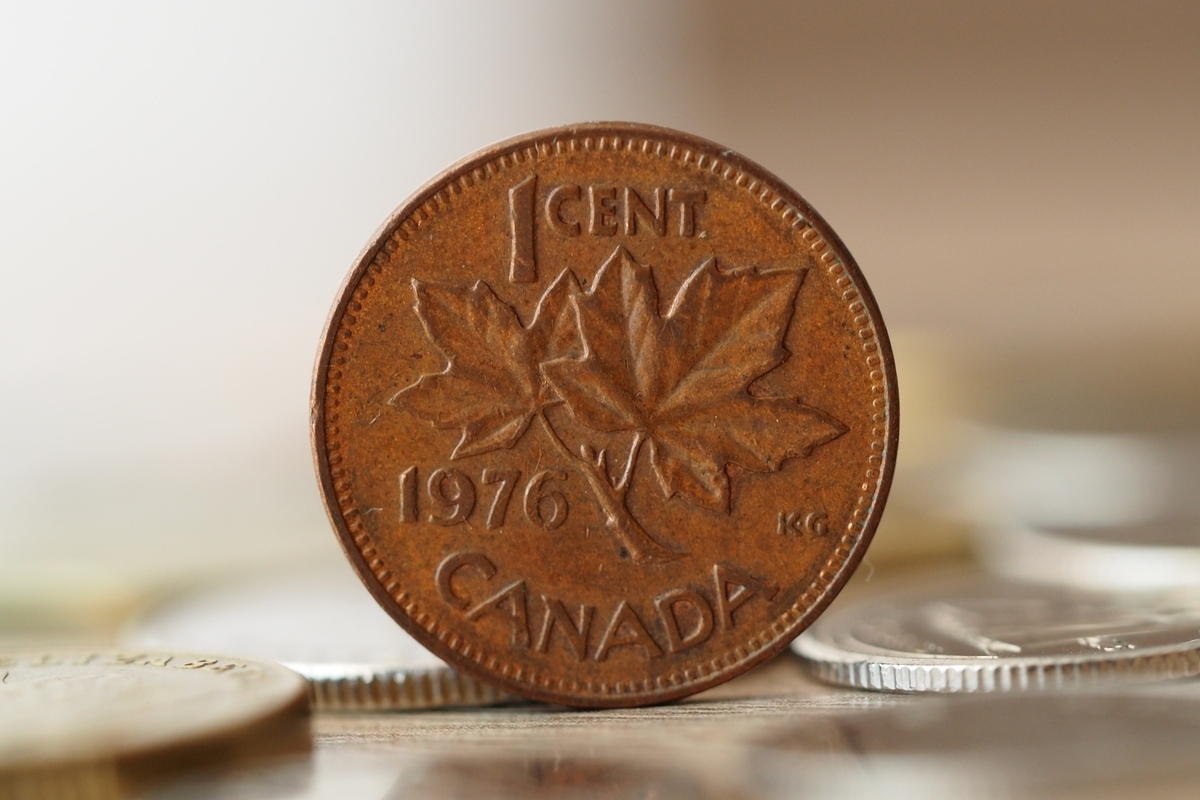Canadian Valuable Coins: A Treasure Trove for Collectors and Investors
Canada, with its rich history and intricate designs, offers a fascinating world of numismatics for both avid collectors and investors. Canadian coins, steeped in history and crafted with precision, hold significant value beyond their face value. They are not just pieces of currency but are tokens of the nation’s heritage, marking important historical events and achievements. This article delves into the realm of Canadian valuable coins, exploring their history, unique features, and the reasons behind their value.

The Genesis of Canadian Coinage
The history of Canadian coinage dates back to the early 19th century when the first official coins were minted. Before confederation in 1867, various forms of currency were in circulation, including British, French, and American coins. The introduction of the Canadian dollar standardized the nation’s currency, and the Royal Canadian Mint was established in 1908. Since then, the Mint has produced some of the world’s most innovative and sought-after coins.
The 1936 “Dot” Penny
One of the most famous and valuable Canadian coins is the 1936 “Dot” Penny. Amidst the abdication crisis of King Edward VIII, the Mint had to prepare for a potential new monarch, but 1937 dies were not ready in time. To signify the 1936 pennies struck in 1937, the Mint added a small dot below the date. Few of these coins were minted, making them extremely rare. A 1936 “Dot” Penny can fetch upward of $250,000 at auction, depending on its condition.
The 1911 Silver Dollar
Dubbed the “Emperor of Canadian Coins,” the 1911 Silver Dollar is another highlight in Canadian numismatics. Only three specimens were produced: one in lead and two in silver. The coin’s rarity and historical significance contribute to its immense value. The last time a 1911 Silver Dollar was sold, it fetched over $1 million. This coin embodies the grandeur and meticulous craftsmanship of early Canadian coinage.
The 1921 50-Cent Piece
The 1921 50-Cent piece is known as the “King of Canadian Coins.” Most of the 480,000 50-cent pieces minted in 1921 were melted down when the design changed in 1920. Thus, only a few specimens survived, making this coin exceedingly rare. Depending on the condition, this coin can be valued between $50,000 and $250,000.
Gold Sovereigns
From 1908 to 1919, the Royal Canadian Mint produced gold sovereigns, using gold sourced from the Yukon. These coins bore the same design as British sovereigns but featured a small “C” mintmark to denote their Canadian origin. Collectors highly prize these coins, with their value contingent on condition and year of minting. A pristine Canadian gold sovereign can attain prices exceeding $3,000.
The Million Dollar Coin
In 2007, the Royal Canadian Mint created the world’s first million-dollar coin. This 100 kg coin is made of 99.999% pure gold and features a maple leaf design. While it has a face value of $1 million, its gold content and rarity make it worth significantly more. This coin exemplifies the innovative spirit of the Royal Canadian Mint and holds a prominent place in the numismatic world.
Contemporary Collectibles
Modern Canadian coins also hold considerable value for collectors and investors. The Royal Canadian Mint continues to produce limited edition and commemorative coins, often with unique designs and advanced minting techniques. For instance, the “Glow-in-the-Dark” dinosaur coins and the colored poppy quarters have garnered significant attention.
Factors Influencing the Value of Canadian Coins
Several factors contribute to the value of Canadian coins:
Rarity
Rarity is perhaps the most critical factor. Coins with low mintage numbers or those that were not widely circulated tend to be more valuable.
Condition
The condition or grade of a coin significantly affects its value. Coins are graded on a scale from Poor (P-1) to Perfect Mint State (MS-70). Uncirculated coins or those in mint condition are particularly prized.
Historical Significance
Coins associated with significant historical events or periods tend to have higher value. For example, coins minted during the reigns of notable monarchs or marking important anniversaries are often more valuable.
Demand
Collector demand also plays a crucial role. Coins that are in vogue among collectors can fetch higher prices. Trends in coin collecting can shift, influencing the market value of specific coins.
Canadian coins offer a rich tapestry of history, artistry, and value. From the rare 1936 “Dot” Penny to the modern commemorative issues, these coins capture the essence of Canadian heritage. For collectors and investors, understanding the factors that contribute to a coin’s value—such as rarity, condition, historical significance, and demand—is essential. As the Royal Canadian Mint continues to innovate, the field of Canadian numismatics promises to remain dynamic and rewarding. Whether you are a seasoned collector or a budding enthusiast, the world of Canadian valuable coins offers endless opportunities for discovery and investment.